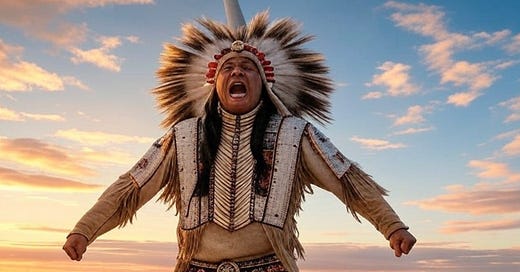In the windy plains of Oklahoma, the Osage Nation has just clinched another monumental victory against Enel, a global energy giant. This legal saga, stretching over more than a decade, boldens the tension between corporate expansion and Native land rights.
The Roots of Conflict
In 2010, Enel Green Power North America began constructing a wind farm in Osage County, securing surface rights but neglecting the mineral rights below the ground, which are owned by the Osage Nation since the 1906 Osage Allotment Act. They erected 84 wind turbines, unknowingly mining Osage minerals in the process.
The Legal Showdown
The Osage Nation contested this move in court back in 2011, initially facing uphill battles. However, their persistence was rewarded. After a key appeal to the 10th U.S. Circuit Court in 2017, which ruled Enel's activities as mining without permission, the case reached a climax. On December 20, 2024, Judge Jennifer Choe-Groves issued a definitive ruling, ordering Enel to remove the wind farm from Osage land due to ongoing trespass on mineral rights. This ruling potentially sets Enel back by over $300 million in deconstruction costs, not counting the damages still to be determined.
What It Means
This ruling isn't solely about financial repercussions; it's a landmark for Native American sovereignty, signaling to corporations the importance of respecting Native rights. This could influence future energy projects, pushing for more comprehensive rights checks and genuine partnerships with Native groups.
A Call for Action
This case is a clear message to the business world: innovation must respect land rights. The Osage victory calls for a reevaluation of how we approach development, ensuring that progress includes respect for all stakeholders and lands.
Join the Discussion
How should companies navigate Native rights while pushing forward with their initiatives? My answer is simple = less greed, better communication, and more respect.
I'd love to hear your opinion! Share your thoughts below.




